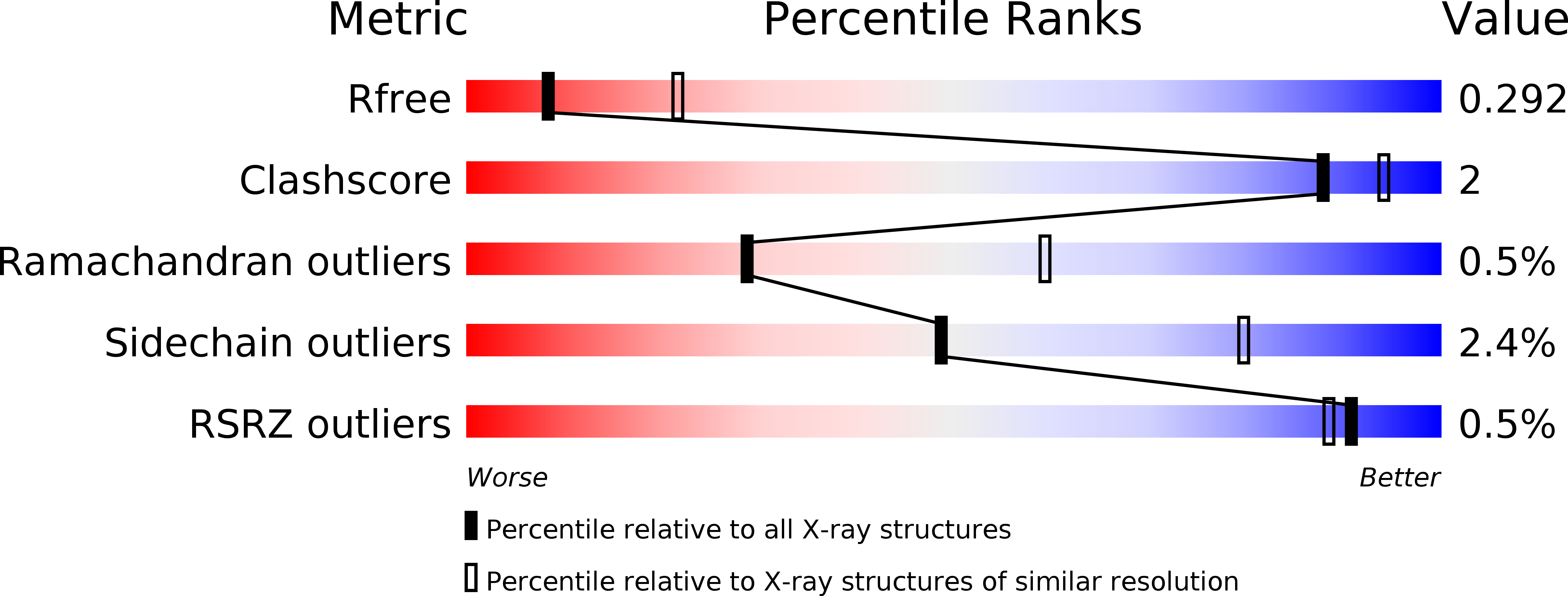
Deposition Date
2017-12-13
Release Date
2019-01-30
Last Version Date
2023-11-22
Entry Detail
Biological Source:
Source Organism:
Synechococcus elongatus PCC 7942 (Taxon ID: 1140)
Host Organism:
Method Details:
Experimental Method:
Resolution:
2.81 Å
R-Value Free:
0.30
R-Value Work:
0.24
R-Value Observed:
0.24
Space Group:
P 31 2 1


